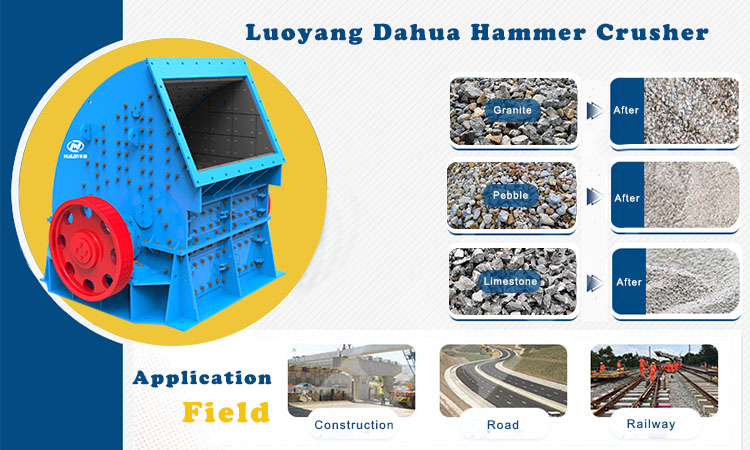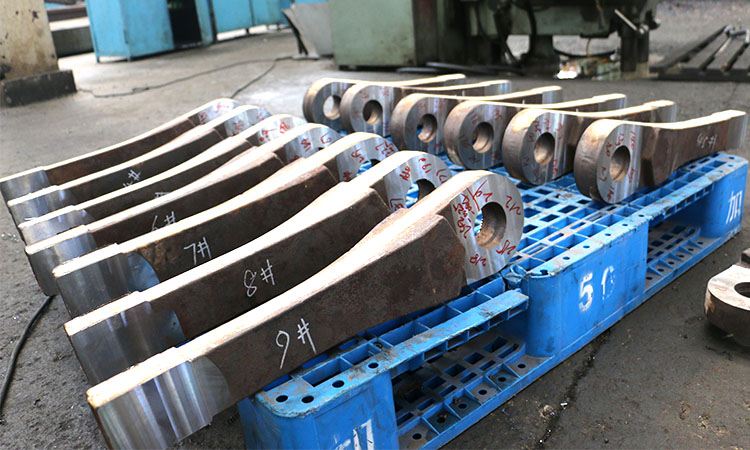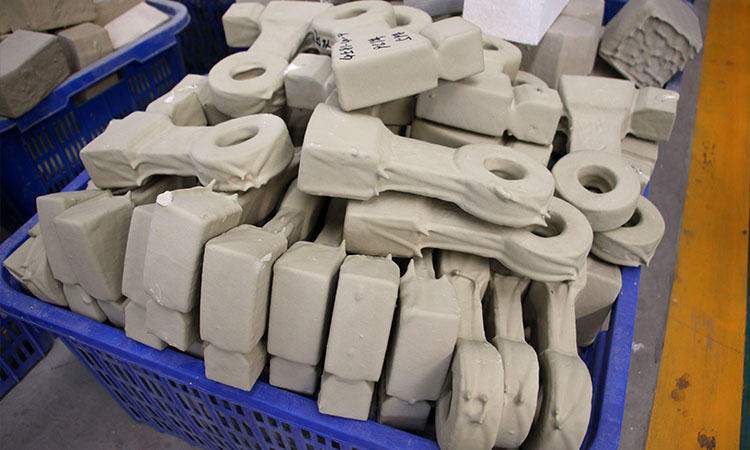Hammer crusher is used for the fine crushing of medium-hard and soft materials with compression strength less than 200MPa, such as limestone, gypsum, coal, marlstone and sandy shale in cement industries. Hammer head is the crucial component that bear the brunt of impact and abrasion. In this article, we will talk about the abrasion of hammer head and its replacement.

- Material Characteristics:
Materials like silica-rich granite, abrasive sandstone, or recycled concrete with leftover rebar dust are exceptionally punishing. The higher the silica or quartz content, the faster the wear.
Moisture Content: Sticky, clay-like, or wet materials can adhere to the hammer heads, the crusher interior, and the screens. This creates a grinding paste that accelerates wear and can lead to clogging, reducing throughput.
Feed Size and Hardness: Oversized or extremely hard feed material requires more impact energy per blow, increasing the stress and micro-fracturing on the hammer head surface.
- Operational Parameters:
Rotor Speed: Higher rotor speeds mean the hammers impact the material with greater force and frequency. While this can improve crushing efficiency for some materials, it exponentially increases the rate of abrasive wear.
- Hammer Head Metallurgy and Design:
Material Grade: Not all steel is created equal. Standard manganese steel is common, but for highly abrasive applications, alloys with chromium, tungsten, or other carbides are superior. These hard-phase carbides resist cutting and gouging far more effectively.
Heat Treatment: The process of hardening the steel is critical. Improper heat treatment can make a hammer head too brittle (risking catastrophic breakage) or too soft (causing rapid deformation).

When to replace hammer heads?
Significant Weight Loss: Hammers are typically replaced when they have lost approximately 30-40% of their original weight. Beyond this, their crushing efficiency drops sharply, and the risk of failure increases.
Visible Reduction in Length: The leading edge of the hammer wears down, shortening its effective reach. This reduces the clearance between the hammer tip and the crusher screen, negatively affecting product size gradation and throughput.
Cracking or Deformation: Inspect for hairline cracks, especially around the hammer pin hole. Cracks are precursors to failure. Deformation or “mushrooming” of the edges indicates the material may be too soft for the application.
Increased Power Consumption: Worn hammers are less efficient. The motor has to work harder to achieve the same level of size reduction, leading to a spike in energy costs.
Unusual Vibrations or Noise: Severe or uneven wear can throw the rotor assembly out of balance, causing significant vibration and loud, irregular noises. This can damage bearings and other crusher components.

Luoyang Dahua Heavy Industry is a high-tech enterprise with research & development production, sales, and service. The mobile crushing station has been successfully applied in domestic and foreign mine crushing projects. The company has a professional R & D team, a strong after-sales team, from the equipment selection, site inspection, equipment manufacturing, installation, commissioning, delivery and other aspects for your service.

